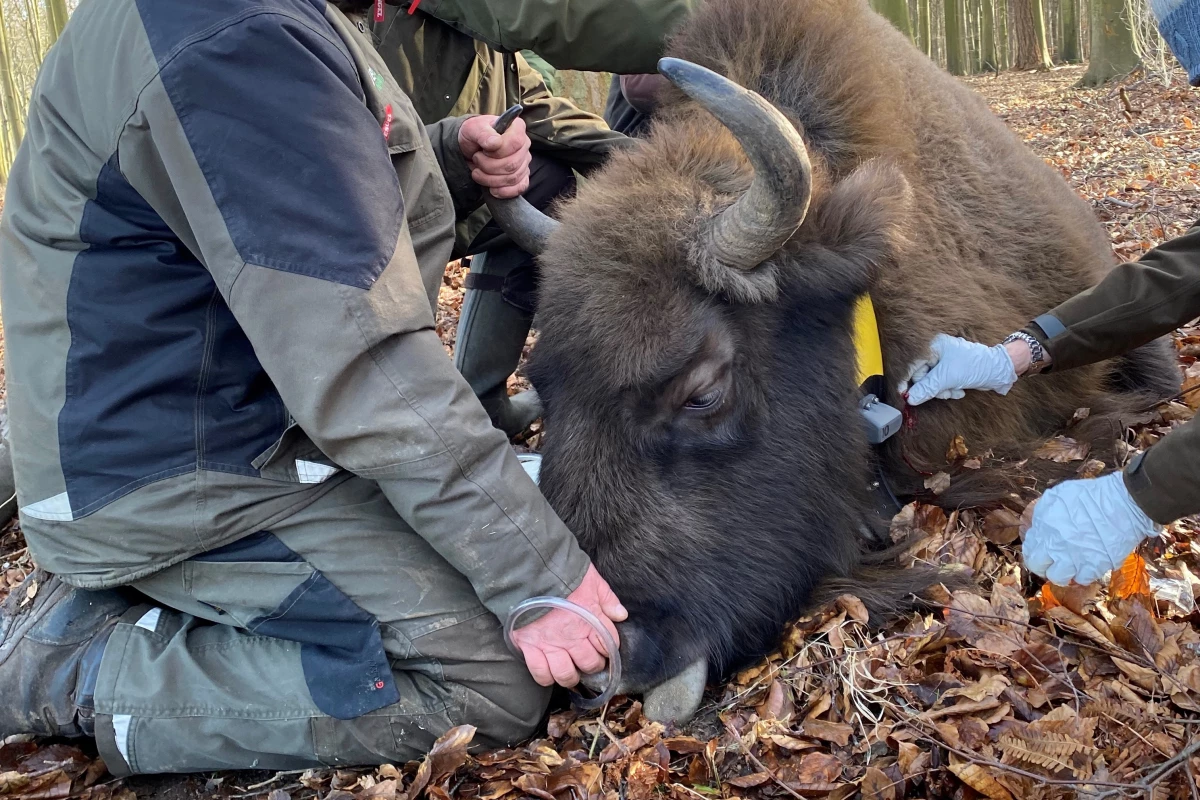GPS-enabled tracking modules allow scientists to learn a great deal about wild animals, but the devices do have one major drawback – limited battery life. A new tracker gets around that limitation, as it's continuously powered by the animal's movements.
Known as the "KineFox," the collar-mounted tracking device was created by a University of Copenhagen team led by biologist Rasmus W. Havmøller, working in partnership with scientists from the Technical University of Denmark and Germany's Max Planck Institute of Animal Behavior.
It was inspired by self-winding wristwatches, which automatically wind themselves as they move along with their wearer. Havmøller and colleagues were additionally motivated by a recent incident in which a wolf had been equipped with a GPS collar (for the first time ever in Denmark), only to have the unit's battery die after just three months.

The KineFox incorporates a capacitor, which stores kinetic energy generated by the movements of the animal. When enough of a charge is accumulated, it is used to transmit the animal's current GPS coordinates via the existing Sigfox wireless network. As an added bonus, it also transmits data on the creature's activity patterns, which is gathered by an onboard accelerometer.
"The more an animal moves, the more energy it generates and the more GPS location messages it sends," said Havmøller. "Unless the equipment itself breaks, it will work throughout an animal's lifetime. At the same time, it only weighs 150 grams [5.3 oz] – significantly less than most other GPS trackers – so it can even be fitted onto small mammals."
What's more, the KineFox reportedly costs only about one tenth as much as a traditional battery-powered GPS unit.
Havmøller added that while solar cells can be used to power small bird-mounted trackers, those cells tend to get damaged when attached to larger animals. Additionally, solar-powered tracking devices aren't exactly ideal for documenting the activity of animals which are mainly nocturnal – as is the case with many mammals.
The KineFox has already been tested on dogs and a bison, plus it has been tracking the location and activity of one of the Danish Nature Agency's wild horses for the past six months. Plans now call for it to be trialled on other species over longer periods of time.
A paper on the research was recently published in the journal PLOS ONE.
Source: University of Copenhagen





